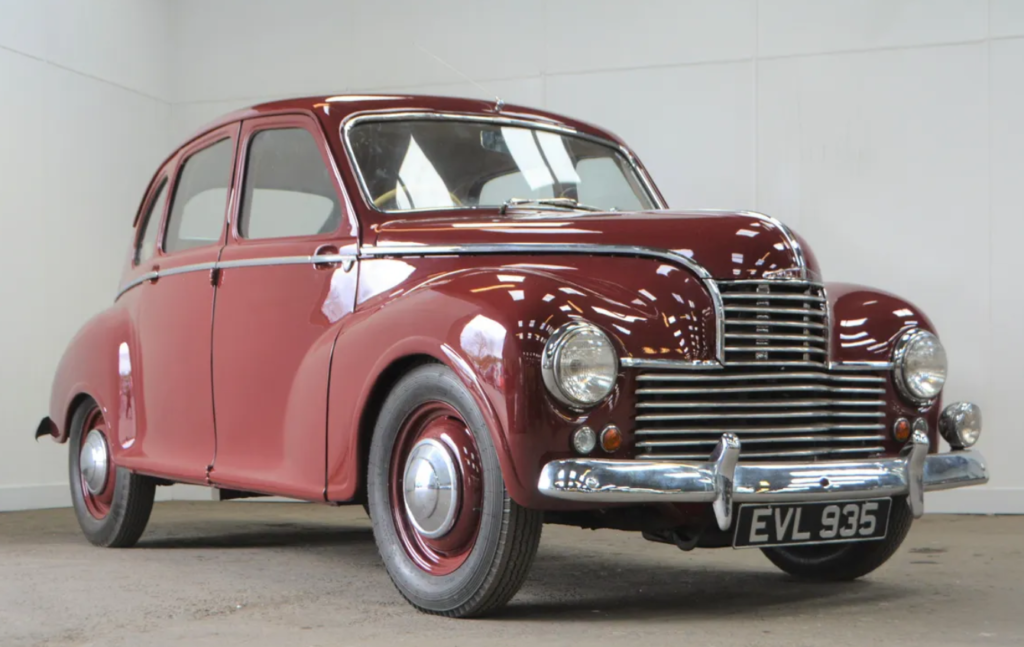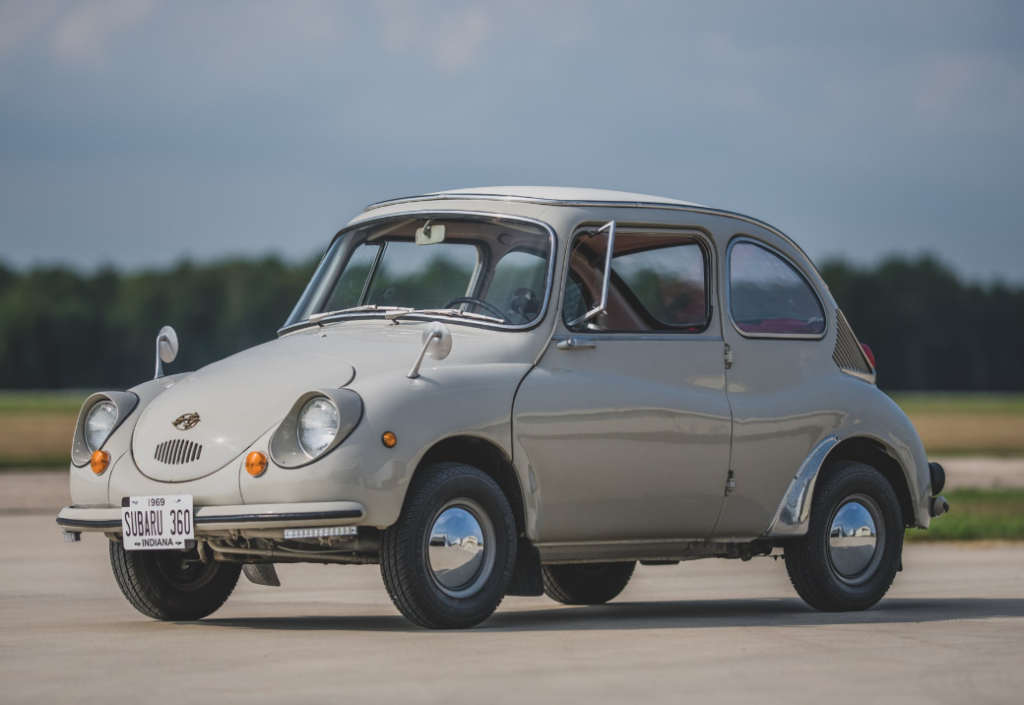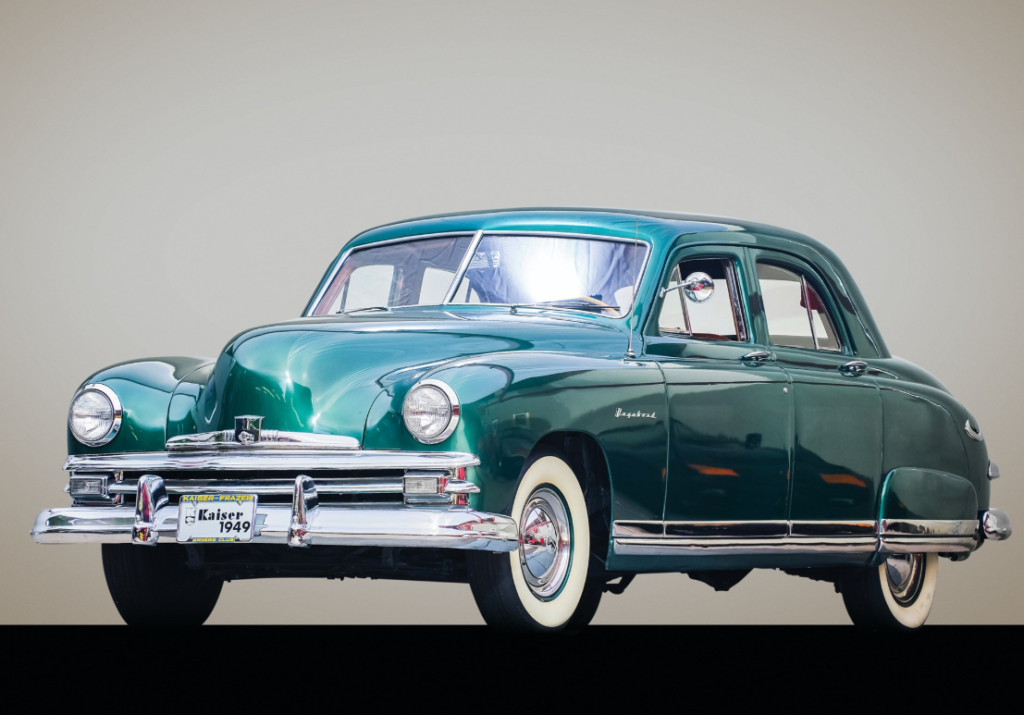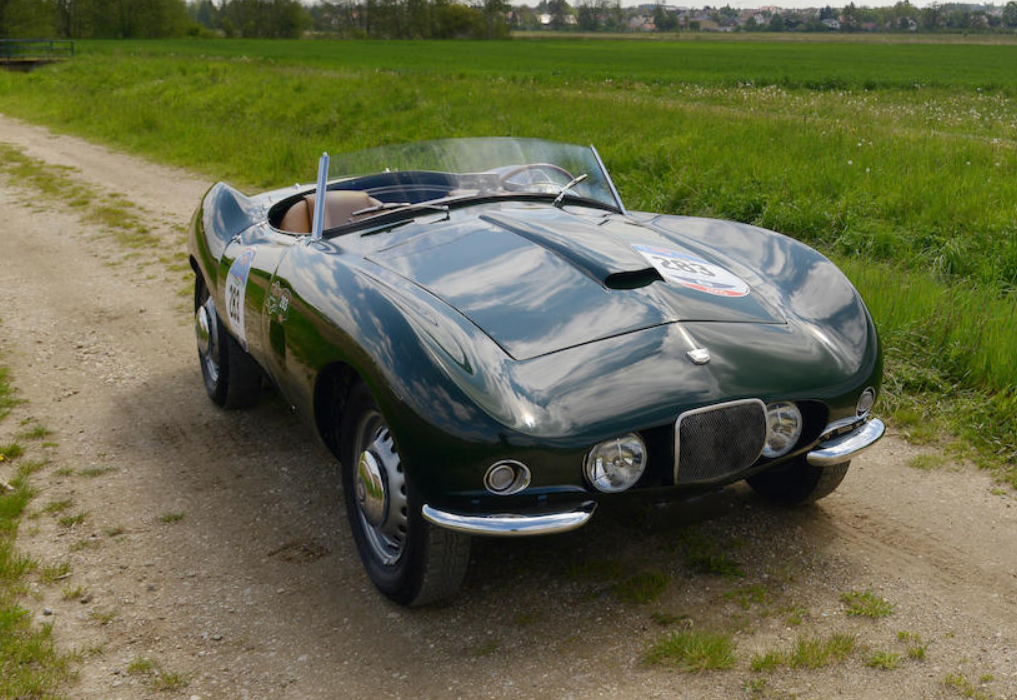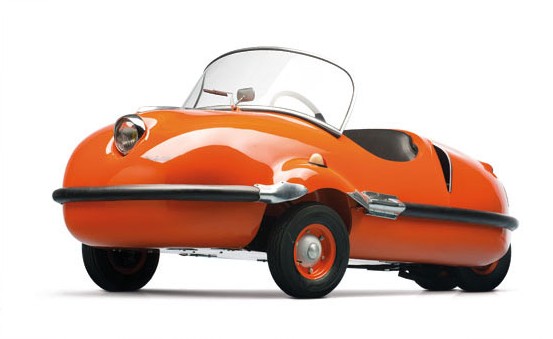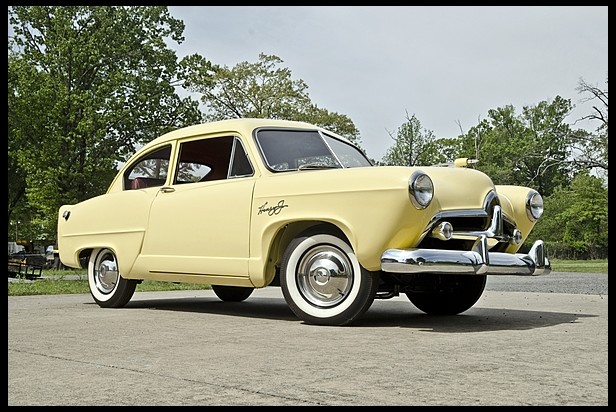1936 Railton Cobham Deluxe
Offered by Brightwells | Leominster, U.K. | August 3, 2022

Here’s one you may not be familiar with. Railton was founded by Noel Macklin, who previously founded Invicta. He named his next company after Reid Railton, a British world speed record holder. The kind of weird part was, Macklin used American Hudson powertrains for his British-built cars (initially inline-eights).
The Cobham, of which this appears to be an early example, was the “small” Railton at this time of its introduction, with power from a 2.7-liter Hudson inline-six. An even smaller Railton would debut in 1938 and was based on Standard mechanicals instead of those from Hudson.
Just 81 examples of the Cobham were produced, either as a sedan or drophead coupe. This is one of about six that remain. It was repainted in 1993, receiving mechanical repairs and upgrades as needed over the years. The pre-sale estimate is $24,000-$30,000. Click here for more info.
Update: Not sold. Offered for sale at half it’s lower estimate above.
Update: Sold Brightwells September 2022, $17,707.

